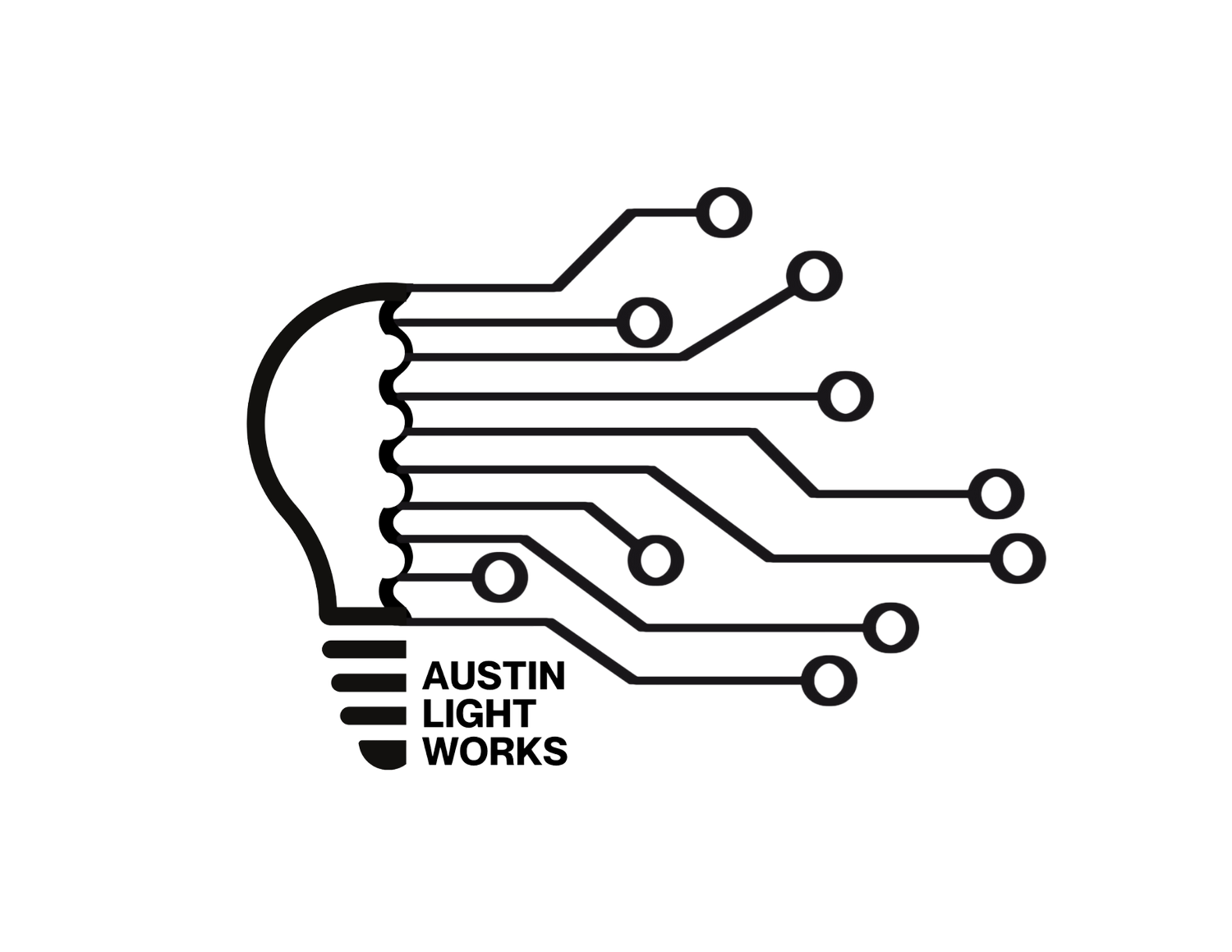One crucial yet often overlooked aspect in commercial building construction projects is the lighting control intent narrative and sequence of operations. An efficient lighting control system can significantly contribute to energy savings, occupant comfort, and building code compliance. Understanding these terms and how they're implemented in the construction documents plays an essential role in project planning and execution.
The lighting control intent narrative is a detailed written explanation in the construction documents that outlines the design intention for lighting controls. It clarifies how the lighting system should function based on various factors such as daylight, occupancy, and specific task requirements.
The sequence of operations (SOO) is a step-by-step process that details how a system will operate under different conditions. It forms an essential part of the building control systems, including lighting, by specifying how various components should interact and respond to different situations.
An example of a lighting control intent narrative might be, "In the open office areas, the lighting system should be designed to adjust light levels automatically based on the available daylight. During non-operating hours, the lights should switch off completely."
In contrast, a sequence of operations might be detailed as, "When daylight levels reach above 500 lux, the system should dim the lights to 50% intensity. If no occupancy is detected for 15 minutes, the lights should switch off."
Best Practices
1. Clarity: The narrative and sequence of operations must be clear, specific, and easy to understand, reducing the chances of misinterpretation.
2. Consider Various Scenarios: They should cover different scenarios, including standard and non-standard operating hours, daylight availability, and building occupancy.
3. Compliance with Standards: The narrative and sequence of operations should comply with applicable standards and regulations to ensure energy efficiency and safety.
4. Coordination with Other Trades: It's vital to ensure that the sequence of operations is coordinated with other systems within the building to avoid conflicts.
Including a clear lighting control intent narrative and sequence of operations in construction documents ensures all stakeholders understand the intended functionality of the system. It can also prevent potential conflicts with other building systems and can streamline commissioning and future maintenance activities.
Moreover, a well-planned sequence of operations ensures the building's energy efficiency, contributing to cost savings and sustainability goals, and helps to meet building codes and regulations related to energy use.
Without a clearly defined narrative and sequence of operations, a range of problems can arise. Misunderstandings can lead to system malfunctions or improperly installed lighting controls. There can be issues with energy waste and non-compliance with energy codes. Furthermore, an unclear sequence can result in time-consuming and expensive reworks, causing delays in the project timeline and escalating costs.
A well-articulated lighting control intent narrative and sequence of operations are instrumental in constructing an efficient, compliant, and user-friendly lighting system. By ensuring these elements are given the attention they deserve in the construction documents, you pave the way for a smooth-running project and a sustainable, energy-efficient building.
